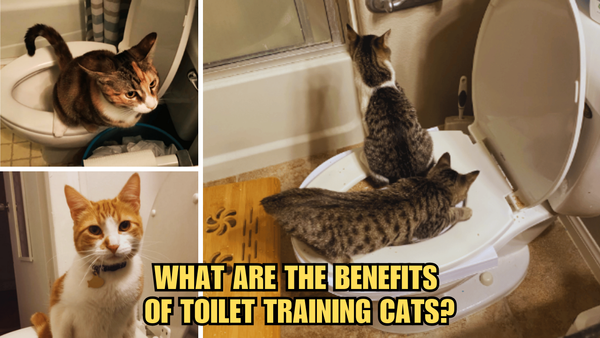Key Takeaways:
- Understand the Size and Behavior: Recognize the physical and behavioral differences between your dog and cat to implement effective solutions.
- Use Physical Barriers: Employ various physical methods to restrict your dog’s access while allowing your cat freedom.
- Behavioral Training: Train your dog to understand that the cat door is off-limits.
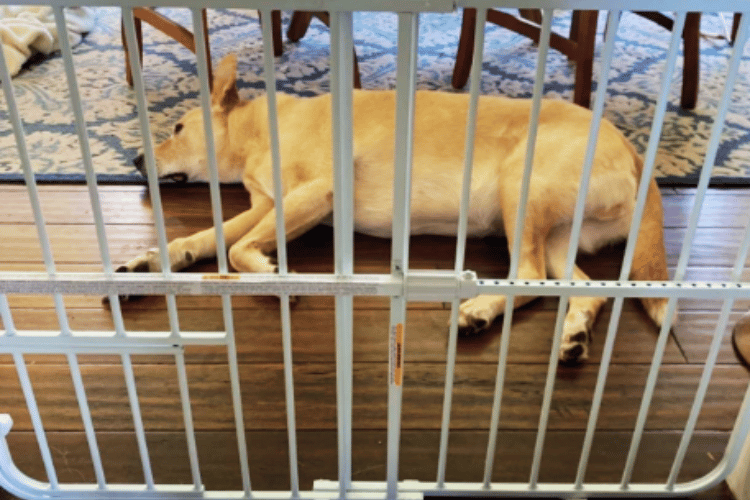
Introduction to the Dilemma
For many pet owners, the convenience of a cat door can unintentionally become a source of stress if their dog decides it's also their new favorite entryway. Whether it's curiosity, the lure of cat food, or just wanting to be where their feline friends are, dogs squeezing through cat doors can lead to damage, escape, or even injury. This article explores practical solutions to keep your dog from using the cat door, ensuring peace and safety for all your furry family members.
Recognizing the Problem
First, assess why your dog is interested in the cat door. Is it simply curiosity or something more? Identifying the root cause will help in choosing the right strategy to deter this behavior. For instance, if your dog is chasing after the cat food on the other side, you might need to reconsider where you place your cat's meals.
Size Matters
Most dogs are larger than cats, but small dogs can sometimes fit through cat flaps designed for larger cats. Measure the size of your pet door and compare it to your dog's size. If your dog is nearing the size of the cat flap, it's time to look for a smaller door or an alternative entry system for your cat.
Behavioral Differences
Understanding the behavioral instincts of dogs and cats can also play a crucial role. Dogs are often more determined and may push their limits to follow their cat companions or explore new spaces. Recognizing these tendencies is the first step in curbing unwanted door-crashing.
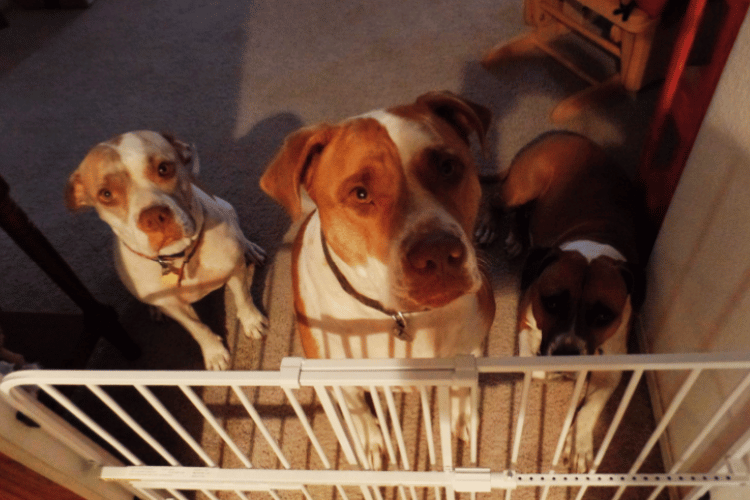
Physical Barrier Solutions
The Door Buddy
One simple solution is the Door Buddy, a device that allows the door to open just enough for your cat but not enough for your dog. It's an easy-to-install option that maintains accessibility for your cat while keeping larger pets out.
Modified Baby Gates
Another effective barrier is a baby gate. Installing a baby gate that allows a small opening at the bottom can permit your cat access while blocking your dog. Some gates are designed with small pet doors that can be adjusted to fit your cat but not your dog.
Training Your Dog
Basic Commands
Training your dog to stay away from the cat door can be an effective approach. Teach commands such as "leave it" or "stay" to enforce boundaries. Consistent training sessions will help your dog learn that the cat door is not for them.
Creative Containment Strategies
When it comes to keeping dogs out while allowing cats free reign, creativity can be your best friend. For instance, consider installing a cat door at a higher position on the door frame than usual. This can be particularly effective if your dog is of the same size or larger than your cat. By elevating the entry point, you ensure that your feline can jump up and access the door, while your dog may find it challenging to mimic this acrobatic feat. This method not only keeps your dog away from cat litter but also adds an amusing spectacle of cats hopping in and out!
Another imaginative solution involves using a bungee cord to create a temporary barrier. This can be particularly useful in areas like the laundry room or bathroom where you might not want to install a permanent door. Attach one end of the bungee cord to the door frame and stretch it across to the other side, ensuring it's tight and high enough to allow cats to slip under but not dogs. This setup is easy to remove when needed, making it a flexible option for cat owners who are still training their pups or are worried about restricting access too severely.
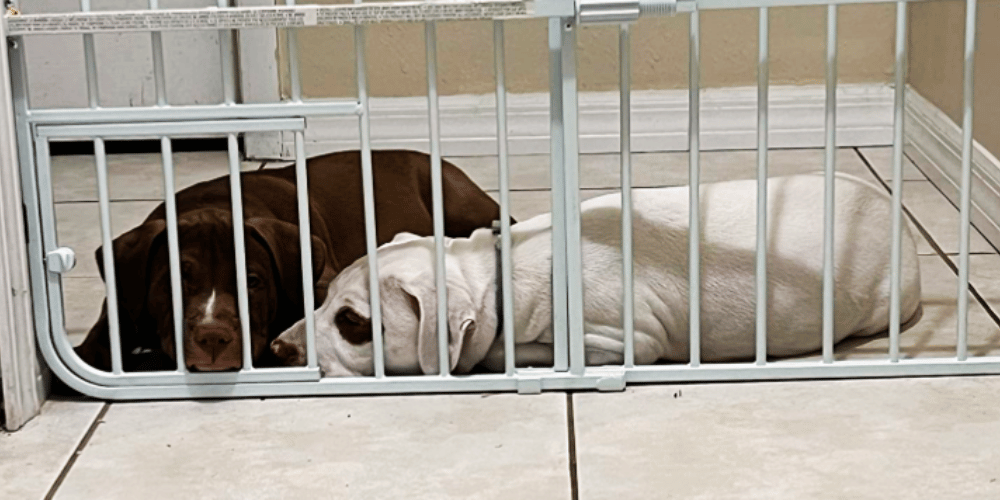
Innovative Door Design Solutions
When it comes to keeping your dog from using the cat door, sometimes innovation is key. Consider installing a dog door that's tailored specifically to the size and needs of your dog. This can be placed at the back door or in another strategic location in your home. By providing a designated dog door, your furry friend won't feel the need to squeeze through the smaller cat door, which is often not designed to handle the enthusiasm of a larger pet. This setup not only maintains the freedom of your pets but also ensures that each has their own entry point, reducing the wear and tear on the cat door.
Another creative solution involves adjusting the height of the cat door. Installing the cat door higher up on the door, out of the dog’s reach, can effectively prevent your dog from accessing it. This might require a small ramp or step for your cat, but it's a small tweak with big results. Cats are natural climbers and will have no problem adapting to a slightly elevated entrance. This method keeps the ground-level space clear for your dog's door, ensuring that both pets can come and go as they please without any confusion or mess.
Strategic Placement of Pet Amenities
Strategically placing pet amenities can also play a crucial role in managing your pets’ movements and behaviors. For instance, placing litter boxes in certain areas that are accessible to your cats but not to your dogs can help maintain hygiene and prevent dogs from getting too curious about the cat's personal space. It’s often helpful to put these boxes in quieter corners of your home where your dog seldom goes. This not only gives your cats a sense of security but also keeps the litter box clean from any canine interference.
Additionally, consider the placement of feeding stations. Cats often prefer to eat in a calm environment where they can digest their meals in peace. By setting up separate feeding stations for your cats in higher locations like a counter or a designated shelf, you can prevent your dog from reaching the cat food. This separation helps maintain dietary boundaries and ensures that each pet eats what’s best for them without any mix-ups. It’s a simple strategy that can bring peace to your multi-pet household, letting each pet enjoy their meals without any added stress or competition.
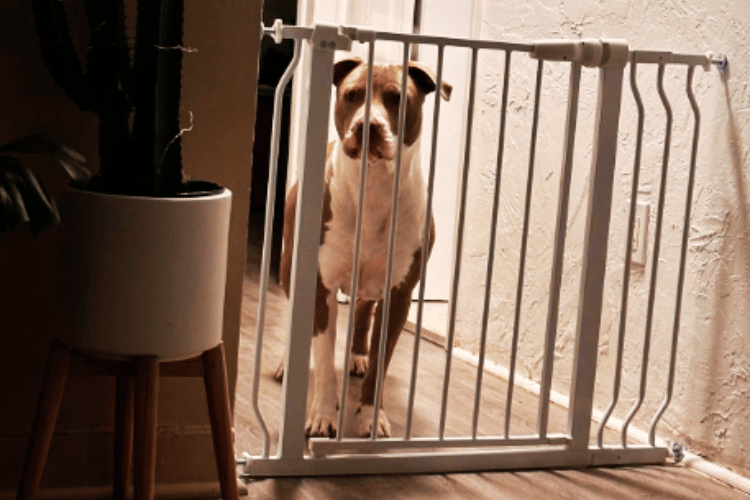
Behavioral Training Tips
Training your dog to respect the boundaries of a cat door can be a game of patience and consistency. Start by using positive reinforcement to teach your dog to sit or stay away from the cat door. Every time your dog obeys, reward them with a treat or affection, reinforcing the behavior you want to see. Over time, your dog will associate staying away from the cat door with positive outcomes, reducing their interest in what lies on the other side—be it cat food, cat litter, or the allure of the forbidden.
For households with both puppies and kittens, setting clear boundaries from the start can prevent future trouble. Introduce your dog to the cat door and immediately divert their attention away from it as part of their training routine. Use commands they are already familiar with, such as "leave it" or "back," to create a mental barrier around the cat door. Consistent training sessions, especially during the early stages of introducing a new cat or dog into the house, can help maintain peace and ensure all your pets understand their personal spaces and limits.
Positive Reinforcement
Using treats and praises to reward your dog when they ignore the cat door or obey commands to stay away can reinforce good behavior. This method not only keeps your dog from using the cat door but also strengthens your bond through positive training experiences.
Alternative Access for Cats
Higher Installations
Consider installing the cat flap in a higher position on the door where only your cat can jump to. Most dogs won't be able to reach, and most cats are agile enough to make the jump.
Different Entry Points
If modifying the existing cat door isn't feasible, think about creating a new entry point for your cat in a less accessible area for your dog, like a higher window or a different room that your dog doesn't frequent.
Keeping the Peace in Multi-Pet Households
Separate Feeding Stations
Ensure that your cat’s food is far from the reach of your dog. Feeding your cat in a separate room with the door slightly ajar or behind a barrier can prevent your dog from associating the cat door with food.
Safe Zones for Cats
Create safe zones for your cat by using cat trees or shelves that provide them with a sanctuary away from the dog. This can reduce the cat's need to escape through the cat door to avoid the dog.
Technology to the Rescue
Microchip Cat Flaps
Invest in a microchip-enabled cat flap that opens only for your cat. These flaps read your cat’s microchip and only unlock for the registered chip, effectively keeping out any unregistered pets.
Motion-Sensor Alarms
Setting up a motion-sensor alarm near the cat door that triggers a gentle but surprising noise can deter your dog from getting too close to the cat door without harming or frightening them excessively.
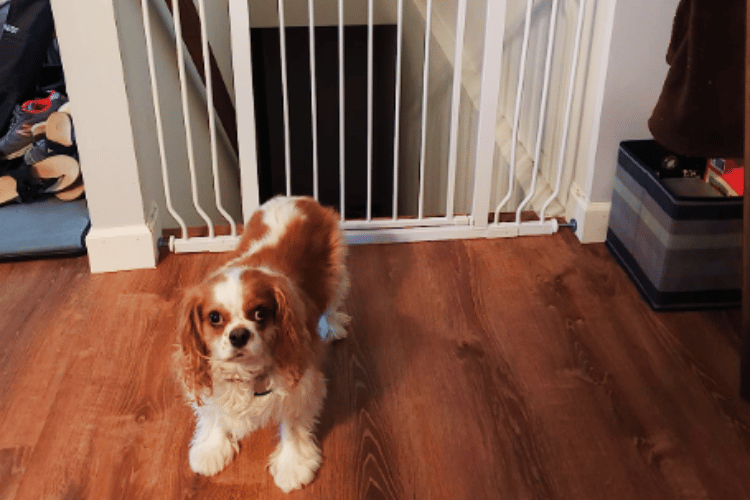
Summary
Keeping your dog from using the cat door involves a combination of physical barriers, training, and sometimes a bit of technology. By understanding the motivations and behaviors of your pets, you can find a solution that keeps everyone happy and safe in your home.
FAQ
Q: What if my dog still tries to go through the cat door despite barriers? A: If physical barriers aren't enough, intensify training efforts and consider consulting a professional animal behaviorist for more targeted strategies.
Q: Are microchip cat flaps safe for my cat? A: Yes, microchip cat flaps are designed to be safe and only allow access to registered pets, ensuring that other animals or intruders cannot enter.
Q: Can I install a cat door in a wall instead of a door? A: Absolutely, installing a cat flap in a wall is a viable option and can often provide access to areas that are less accessible to dogs, depending on the layout of your home.
Thank you for visiting LegitLists we hope this helps you make a legitimate choice!






